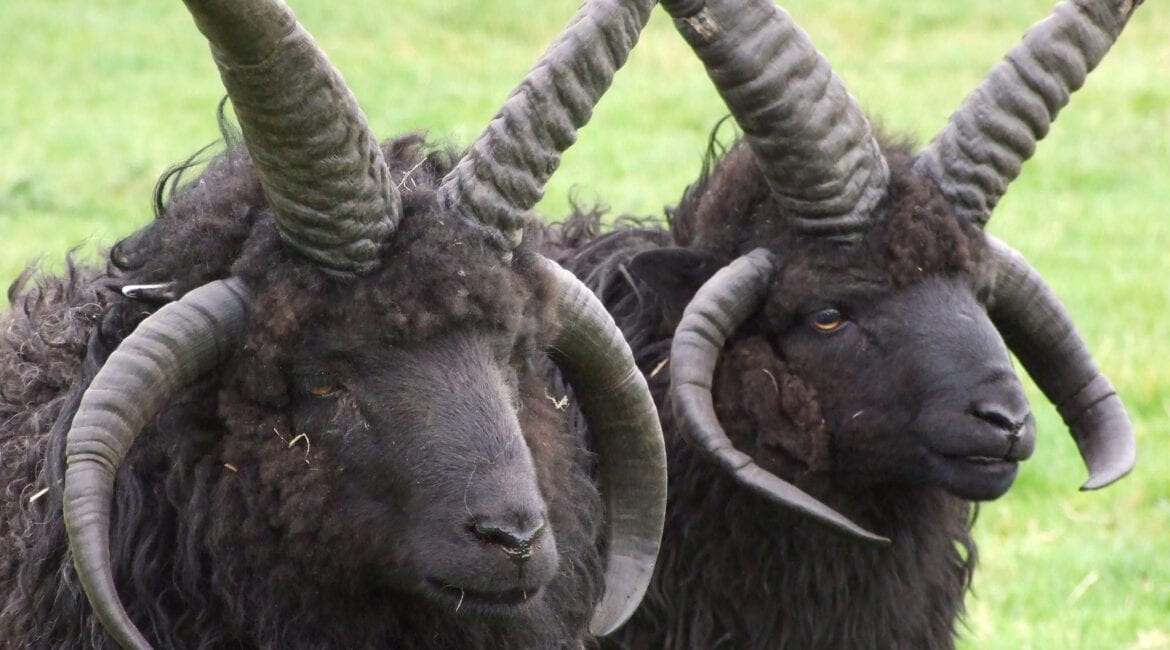
Book Your Stay at The Decca
Sheep Farming on the Isle of Lewis: A Rich Tradition Shaping the Island’s Landscape and Economy
Sheep have been present on the Isle of Lewis for many centuries, and their introduction can be traced back to ancient times. The exact date of when sheep were first brought to the island is not known with certainty, as it predates written records. However, it is believed that sheep were introduced to Lewis during the early agricultural activities of settlers and farmers in the region.
Sheep played a crucial role in the island’s economy and way of life. They provided a source of wool, meat, and milk for the local communities. The rugged and often unforgiving terrain of the island made sheep farming a suitable and sustainable practice, as the animals could graze on the heather-covered hills and moorlands.
The specific breeds of sheep on the Isle of Lewis have evolved over time, with different varieties adapted to the local environment and agricultural practices. The most common breeds found on the island today include the Hebridean, Scottish Blackface, and Cheviot breeds, among others.
Sheep farming continues to be an important part of the agricultural industry on the Isle of Lewis, with many crofters (small-scale farmers) raising and tending to their flocks. The sheep not only contribute to the local economy but also shape the landscape and play a role in preserving the traditional way of life on the island.
It’s worth noting that the history of sheep farming on the Isle of Lewis is intertwined with the broader history of the Hebrides and Scotland as a whole, as these regions have long relied on sheep for sustenance and trade.